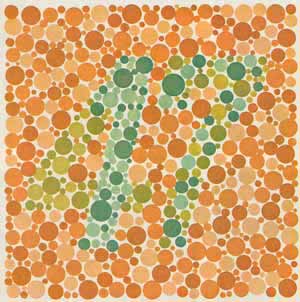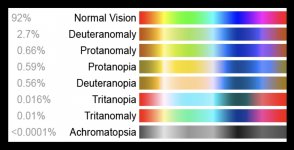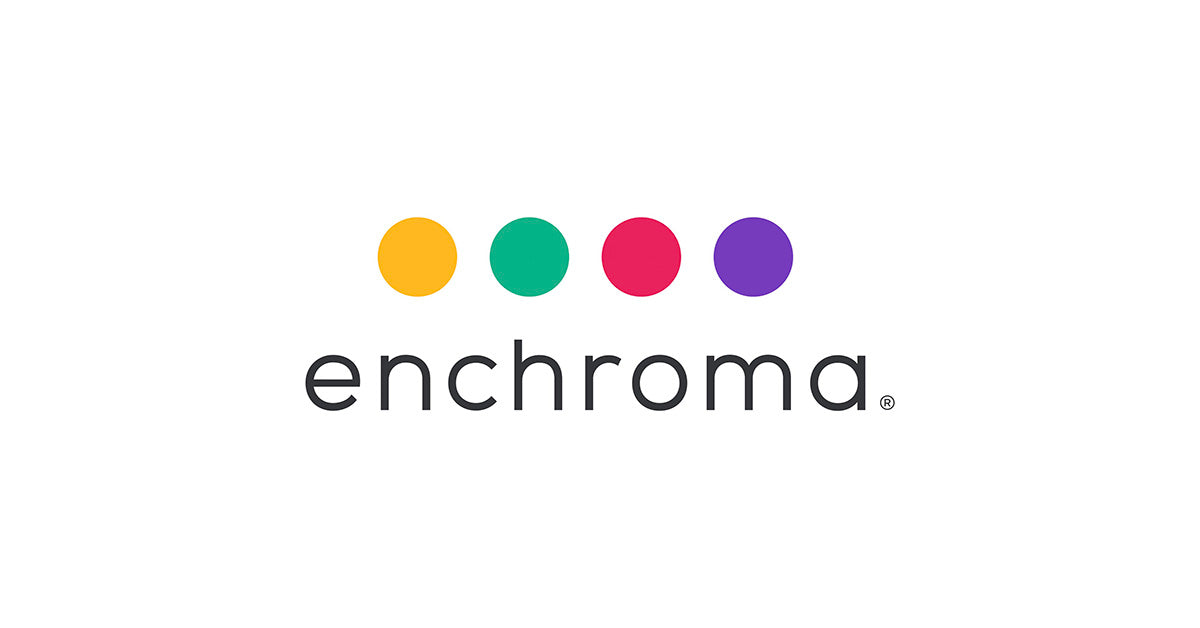"I'd probably have difficulty finding the review where he mentioned this and I'm not quoting him accurately, but the general thought was that a slight yellowish/warm bias can be beneficial for extended viewing."When I had the FL 8x32 I noticed greens would pop a little bit. It wasn't a 'color cast' per se, but just an emphasis when looking at Pine trees and other greenery. I agree some people may notice this and others won't.
I've been thinking about colors a lot lately and this is due to the Nikon MHG having an obvious (to me) bias towards yellow. I noticed this initially when comparing it to the CL 8x30 which has a more color neutral image. As I began using the Nikon solely over the next several weeks the colors began to look more neutral since I wasn't comparing it anymore. However, this past weekend I finally noticed the color bias in the MHG on its own, in certain light conditions, while out birding; it just came to me without looking for it. I don't mind this at all and actually really like its distinct color tones and image quality.
While shopping for bowls and plates recently I became a bit obsessed with white dinnerware and the different shades of white. I noticed this when comparing bone china bowls and plates to regular porcelain. The bone china looked a pure white, while the white porcelain ranged from cold to warm compared to the 'true' white of the bone china dishes; some porcelain bowls looked a touch blue-gray (cold) in comparison while other pieces had a slight touch of yellow (warm) next to the bone china. The warmish toned ones looked like a creamy off-white with just a hint of subtle yellow. One of the warmer white dishes were described as 'crisp white' in the AD blurb, but they really aren't when compared to the bone china pieces.
If you did not compare these pieces with the clean/true white bone china, you would see them as just white dishes and you may not be able to see their inherent slight warm/cold tones. When looking through your binocular whites will just look white until you compare them with other bins; then you may be able to see the difference. The more neutral binos should show striking pure whites just as the Swaro CL does. I always really liked the colors in the CL, but I also find the warmish binos very relaxing and pleasing too; Ultravid, Monarch HG, Meostar all have a slight warmish image IMO. I noticed the Cabela's Euro HD had a slight hint of yellow when comparing it to my old Ultravid Plus several years ago.
I agree with Holger who mentioned in one of his reviews that a slight yellow or warm bias is just fine in binoculars since they can provide a relaxing image which can help to reduce eye strain. I'd probably have difficulty finding the review where he mentioned this and I'm not quoting him accurately, but the general thought was that a slight yellowish/warm bias can be beneficial for extended viewing.
Especially when your extended viewing is done in a cold climate!🥶







